As you know, the video game industry is filled with unique characters and stories. But what many people and even some animators don't realize is how much work goes into creating these games.
For example, animators are tasked with bringing life to beloved characters like Mario and Link by drawing them frame-by-frame over weeks of hard work. So, how do they make sure their 2D animations for games stay fresh? Even years down the line, we're still seeing pixel art from decades ago feel NEW!
It all starts with a solid understanding of what makes 2D animation for games special:
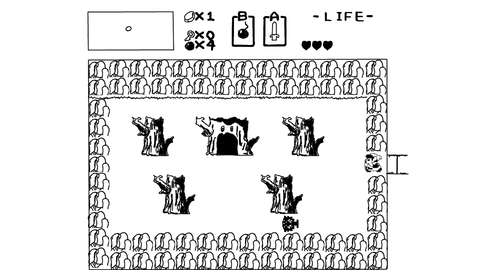
Why 2D Animations for Games Need to Be Unique
2D animations for games are a major part of the gaming experience. Games like Super Mario Brothers, Terraria, and Stardew Valley would not be the same without their unique 2D animations. However, many developers and 2D animators don't take advantage of this opportunity to create something unique.
This often results in an uninspired feel that does not enhance the gameplay or story but instead detracts from it.

GIF by Simpsons World via GIPHY
To avoid this pitfall, follow these five tips to create unique 2D animations for games that are bound to bless the screens of gamers all around the world!
1. Learn How to Create a Basic Animation Storyboard
A storyboard is a visual representation of the game’s story and script. It helps the animator to visualize the sequence of events, as well as make sure that their 2d animation for games is consistent with both parts of the narrative.
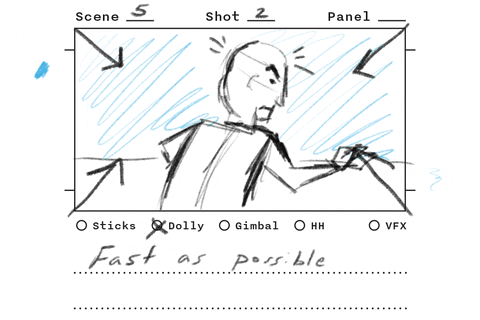
GIF by Plot Devices™️ via GIPHY
For example, let’s say you have a scene where your character needs to run into an open field and jump over some rocks. For this 2D animation in games to work, it needs to feel natural in context and be consistent with what has happened so far. This can only happen if you have clearly outlined intentions for this scene before animating it.
2. Be Mindful of the Creative Process in 2D Animation for Games
The creative process is an important part of 2D animation for games, as it's not just about designing the game itself. In fact, it's all about making the best possible game. You don't want to be thinking about whether or not your animations are going to work with your action sequences—you want them to work perfectly!
So as you're thinking about how much time it takes to animate a character, you also need to consider how well those animations will fit into their environments and other parts of the game world.
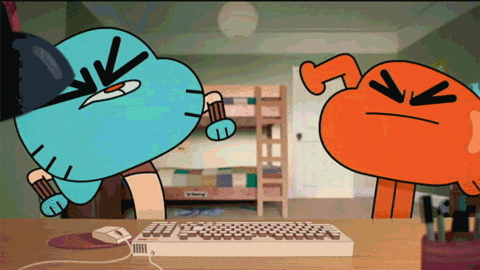
GIF by Cartoon Network EMEA via GIPHY
You should establish an animation production pipeline that lets everyone know what's happening and when it needs to happen. This way, no one gets left out in terms of knowing what their responsibilities are or who gets what assets first-hand (and second-hand).
And remember: when working with others on projects like this one, where there are so many moving parts, communication is key! Work closely with all members of your team so that they understand exactly how things should go down during each stage before anything else happens."
3. Understand What You're Animating
- Understand the Story and Characters
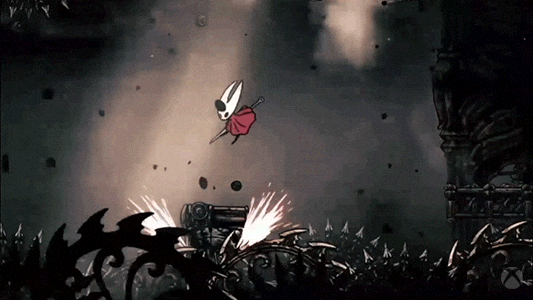
When a new animation project starts, it's important to understand the story and characters. You should know what you're animating before you start. You can't just jump in willy-nilly and make up your own ideas about what fits best for the project. If you do that, then your 2D animations for games may not feel like they were animated for any game at all!
Simply put: play games, and you'll know how to create 2D animation for games!
- Know Who Your Audience Is

GIF by Bravest Warriors via GIPHY
It's important to know who your audience is as well, especially if they're children or teens (or adults!). If this is an action game with lots of fighting and guns, then there won't be much time for elaborate story-telling or character development unless there are some cutscenes between levels where you can show off these things.
4. Learn from Your Favorite 2D Animation for Games
If you are a fan of 2D animation for games, then the best place to start is by looking at some of the best 2D animations for games out there. Look at indie games, look at AAA titles and see what they have done with their characters and environments to make them feel unique and memorable. Study how they use color, lighting, and other elements to create moods within each scene.

GIF via GIPHY
You can also learn a lot from other game animators specializing in this area. Many talented artists are working on indie titles right now, making it easier to find artists willing to share their work publicly or over social media platforms such as Twitter or Instagram.
Another great way is heading over to places like Polycount, where people post daily updates about what they’re currently doing (or just finished) with their projects which gives us all an idea of what goes into making video games fun & exciting!
5. Creating Unique 2D Animation for Games Takes Time
Creating unique 2D animation for games takes time. Time to create the animation, time to improve your skills as an animator, and time to get better at what you do. Working with a team is also different than working on your own. Developing an animation style is only possible when you continue taking on new projects.
This may seem daunting, but it's important that you know what to expect when working in this field. With every project comes new challenges and new experiences that will help make you a stronger artist overall!
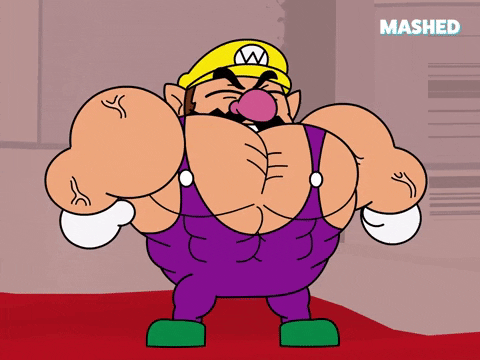
2D animation for games is a great way to get your foot in the door of the games industry. It's also an amazing way to hone your skills as an artist/animator and make a name for yourself in this competitive field.
As a 2D animator, you’re responsible for creating all of the visual elements that go into making a game. You'll be working with other artists and designers to create characters, objects, environments, and more.
Use These 5 Tips to Create Unique 2D Animation for Games
In the end, creating 2D animation for games is a process. It takes time, practice and patience to create something unique. But if you follow these tips and keep your creativity flowing, you’ll be well on your way to creating something truly special!
For more tips on 2D animation for games, as well as answers to any other questions you might have, be sure to follow our blogs, check out our free masterclass and our Animation Business Accelerator Program, download a copy of our free marketing handbook, and check out our blog on “How to Start an Animation Studio”!



